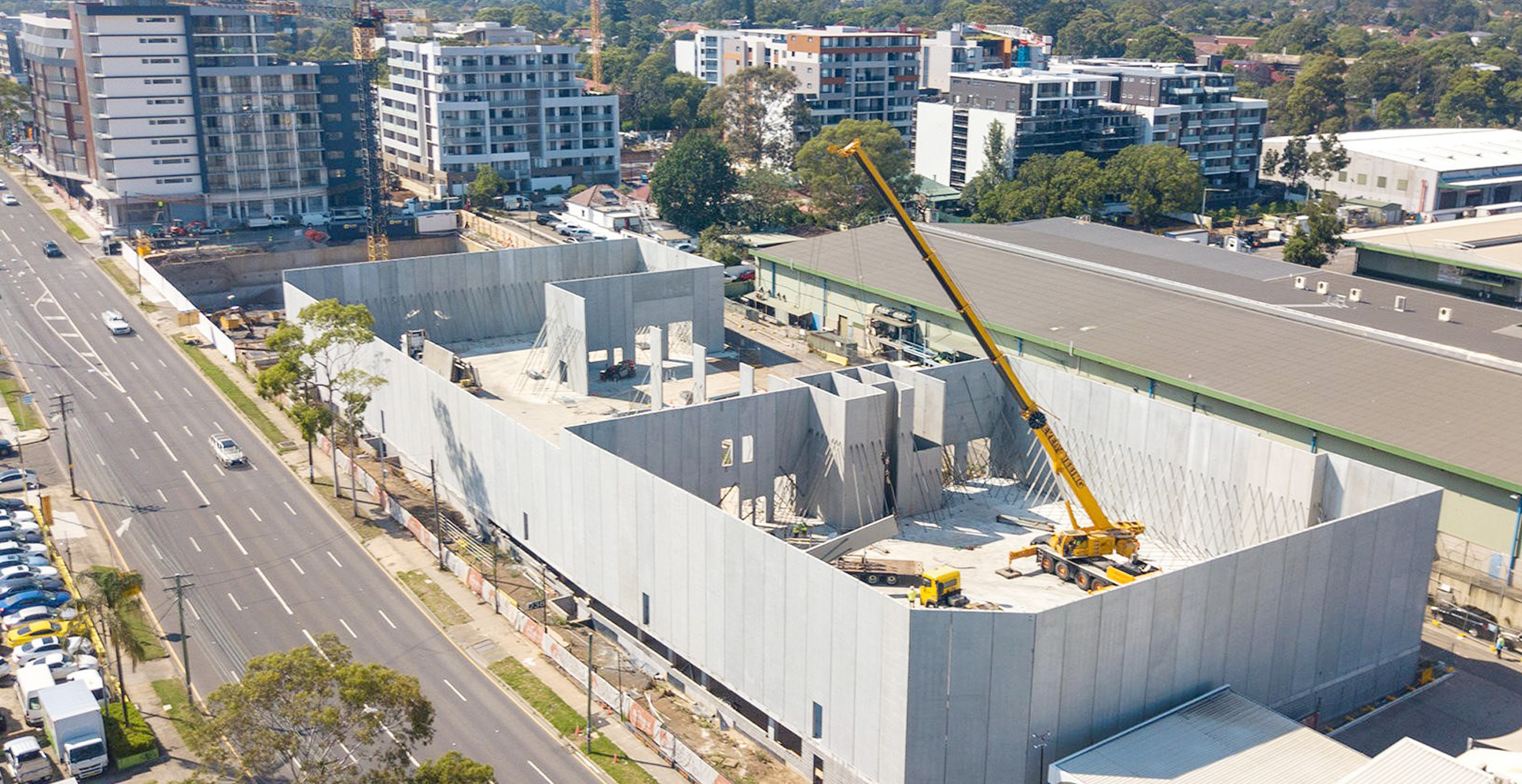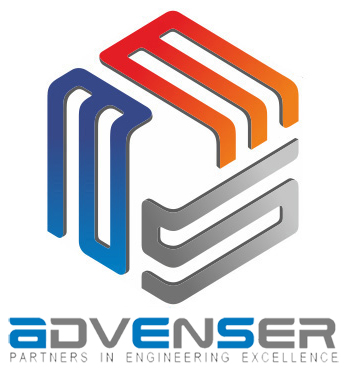The Rise of Green Construction: How Precast Detailing is Adapting
How Precast Detailing is Adapting with the Rise of Green Construction

Green construction has become a buzzword in the construction industry. As society becomes more aware of the impact of our actions on the environment, sustainable construction practices have become a priority. Precast detailing, an integral part of the construction, is adapting to these sustainable practices to create a greener future.
Precast detailing is the process of creating detailed design plans for prefabricated concrete elements that are produced off-site and transported to the construction site for installation. Precast detailing plays a critical role in construction projects, ensuring that the elements are produced accurately and efficiently. As construction practices shift towards sustainability, precast detailing is adapting to these changes to meet the needs of the industry.
The Rise of Green Construction
The construction industry is facing a major shift towards sustainable and eco-friendly practices. Precast detailing, in particular, is adapting to incorporate these changes in various ways.
Here are some of the key developments in the field:
1. Use of Recycled Materials
In order to reduce environmental impact and promote sustainability, precast detailing incorporates the use of recycled materials. According to a Precast/Prestressed Concrete Institute (PCI) study, precast concrete can be created using up to 100% recycled aggregate. This not only reduces waste but also helps to conserve natural resources.
2. Energy-Efficient Building Systems
Another important sustainable design feature in precast construction is the use of energy-efficient building systems. Precast concrete has a high thermal mass, which means that it can absorb and hold heat, helping to regulate indoor temperatures.
3. Improved Waste Management
Practices In addition to the use of recycled materials, precast detailing is also incorporating improved waste management practices. Precast concrete can be fabricated off-site, which reduces waste and minimizes the amount of labor required on the construction site.
4. Building Information Modeling (BIM)
In addition to sustainable design features, precast detailing is also adopting digital tools and workflows to improve communication and collaboration. Building information modeling (BIM) is becoming increasingly common in precast detailing, allowing project stakeholders to visualize the design and identify potential issues before construction begins.
Advancements in Precast Detailing for Eco-Friendliness
As the construction industry continues to prioritize sustainability and eco-friendliness, precast detailing is evolving to adapt to these changing demands.
Here are some of the key advancements in precast detailing for green construction:
1. Use of Recycled Materials: The use of recycled materials in precast detailing is becoming more prevalent as sustainable construction practices gain popularity. Precast concrete manufacturers are now incorporating recycled materials such as glass, metal, and plastic into their products. This reduces the environmental impact of construction and minimizes waste.
2. Energy-Efficient Building Systems: Designing buildings with energy-efficient systems has become a top priority in green construction. Precast detailing is now incorporating features such as insulated sandwich panels, thermal mass walls, and shading devices, which help to reduce energy consumption and promote sustainability.
3. Improved Waste Management Practices: In green construction, waste management is a critical element of sustainability. Precast detailing companies are now implementing better waste management practices at precast plants, reducing the amount of waste produced and minimizing environmental impact.
4. Building Information Modeling (BIM): BIM is now widely used in precast detailing for green construction. This technology allows designers and engineers to create 3D models of buildings, enabling them to simulate and optimize sustainable design features like natural ventilation, daylighting, and thermal performance. This results in more energy-efficient designs and reduced environmental impact.
5. Use of Digital Design Tools: In addition to BIM, precast detailing is also utilizing other digital design tools, such as computer-aided design (CAD) software and virtual reality modeling. These tools enable designers, engineers, and project stakeholders to collaborate more efficiently, resulting in more cost-effective and sustainable precast construction projects.












